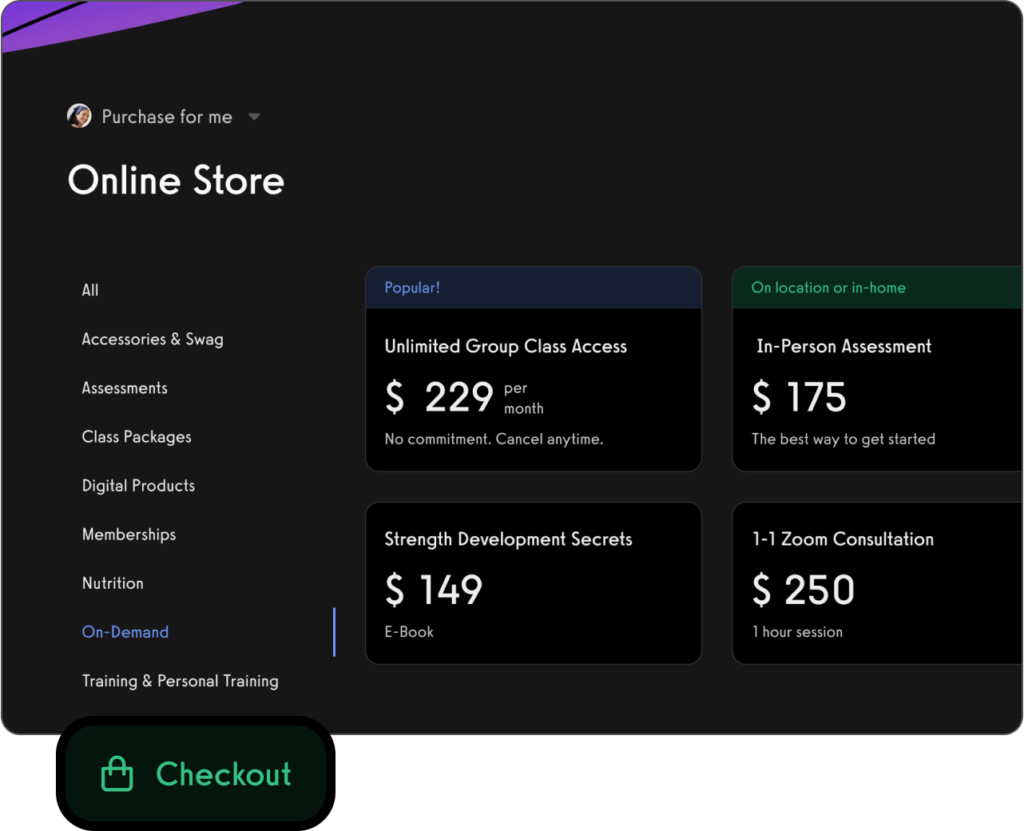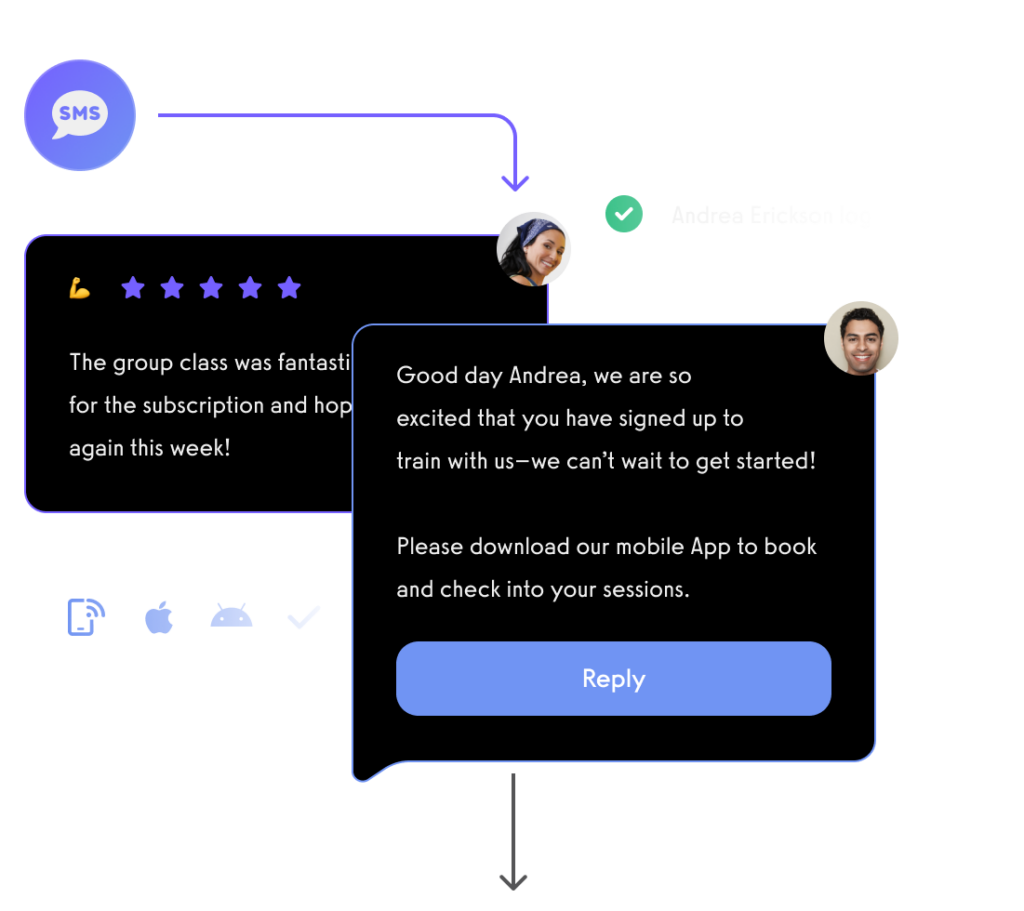What month do gyms make the most money?
Gyms typically make the most money in January. This surge in revenue is largely due to New Year’s resolutions, with many people committing to improve their fitness and health at the start of the year.

This January gym membership surge leads to an increase in gym memberships, personal training sessions, and class sign-ups during January, making it one of the busiest gym months not only for foot traffic but also for gym revenue.

The phenomenon of gyms making the most money in January is tied to the cultural practice of setting New Year’s resolutions, where a significant number of individuals resolve to embark on a healthier lifestyle, lose weight, or achieve specific fitness goals. This motivation drives an influx of new memberships, as people are eager to start their fitness journey at the beginning of the year. Here are the gym membership statistics by month.

Read on to learn more about which months gyms make the most money for various types of gyms, get a list of factors that influence gym revenue, and then check out the best gym management software. Learn how to increase gym revenue and profit and how to run a successful gym with the best gym payment processing software, best marketing software for gyms, and best unified platform for managing your entire gym.

Maximize your gym’s average order value with a best-in-class payments stack.

Sell fitness products and services in-person and online.

Book appointments to keep your gym calendar full of profitable clients.

Engage your gym leads and gym members with email, SMS, and in-app notifications to get more sales and increase gym membership retention with all of those January new gym memberships.

All from your own custom branded fitness app.

See why the best gym management software, the best personal training software, and the best online fitness coaching software is all a single platform for growing your gym’s profitability from one month to the next: Exercise.com.

Factors Contributing to Increased January Gym Revenue
- New Memberships: January sees a sharp increase in sign-ups as individuals are motivated to act on their New Year’s fitness resolutions. Gyms often capitalize on this by offering special promotions, discounts, or waived enrollment fees to attract new members.
- Renewed Memberships: Existing members who may have been less active during the year often renew their commitment to fitness in January, re-engaging with the gym’s services, classes, and personal training.
- Gift Memberships: Memberships or fitness packages purchased as holiday gifts contribute to the January spike. People receiving these gifts will typically start their memberships in January.
- Group Fitness Classes: With renewed interest in fitness, group classes see higher attendance, leading to increased revenue from non-members who pay drop-in rates or purchase class packages.
- Personal Training Services: Motivated by the desire for quick results, many new and existing gym members invest in personal training services in January, significantly boosting gym revenue.
- Retail and Ancillary Services: As part of the New Year’s resolution rush, members are more likely to purchase gym-related retail items such as workout gear, supplements, and other fitness accessories. Additionally, ancillary services like nutrition consulting and spa services may see an uptick.
Strategies Gyms Use to Maximize January Revenue
- Marketing Campaigns: Gyms often launch targeted marketing campaigns in late December and early January to capture the attention of those setting New Year’s resolutions.
- Special Offers: Introduction of enticing offers such as “New Year, New You” deals to encourage sign-ups during this peak period.
- Enhanced Engagement: Gyms may offer special workshops, fitness challenges, or complimentary personal training sessions in January to engage new and existing members.
- Retention Efforts: Recognizing that January’s surge may taper off, gyms focus on retention strategies like member engagement programs and personalized fitness plans to maintain a steady revenue stream beyond the initial rush.
Understanding these dynamics, gyms can strategically plan their marketing, staffing, and service offerings to capitalize on the January influx, setting a positive revenue trajectory for the year ahead.
Read More: Gym Membership Statistics
March – Spring Resolutions
Besides January, there are other important months for a gym’s financial and operational performance, with March often standing out for several reasons:
- Renewed Motivation: As the weather improves, many individuals renew their fitness commitments in preparation for spring and summer activities. The desire to get in shape for warmer weather and clothing can drive an increase in gym memberships and attendance.
- Failed New Year’s Resolutions: Those who fell off their fitness routines shortly after January might use March as a time to “get back on track,” leading to another spike in gym activity.
- Student Memberships: With spring break occurring in March for many students, there’s often an uptick in student memberships as they prepare for vacation.
Other Noteworthy Gym Revenue Months
- September: The “Back to School” season isn’t just significant for students. Many adults treat September as a time for a fresh start, leading to increased gym interest as people settle back into routines after summer vacations.
- May/June: These months can see a spike in gym activity as people aim to achieve their “summer bodies.” Gyms might capitalize on this by offering special promotions or challenges to attract and retain members.
- December: While the holiday season might seem like a slow time due to travel and festivities, many people start planning their New Year’s resolutions this month. Gift memberships and prepaid packages can also boost revenue.
Each of these periods presents unique opportunities for gyms to launch gym marketing campaigns, offer gym promotions, and introduce new classes or challenges to maximize engagement and capitalize on the seasonal motivations of their members. Tailoring strategies to leverage these key times can significantly impact a gym’s annual performance.

How much money do gyms make in January?
The amount of money gyms make in January can vary significantly based on factors such as the gym’s size, location, membership pricing, and the specific services offered. However, it’s well-documented that January is a peak month for gym revenue due to the influx of new memberships from individuals acting on their New Year’s resolutions to get fit.
For many gyms, January can bring an increase in revenue of anywhere from 25% to 50% compared to other months. For example, a mid-sized gym that typically earns $20,000 per month might see revenues increase to $25,000 to $30,000 in January. Larger chains with more extensive marketing campaigns and brand recognition could see even more significant increases, potentially doubling their average monthly revenue in some cases.
It’s important to note that while January offers a substantial revenue boost, maintaining this level of income throughout the year can be challenging as the initial enthusiasm wanes and some new members cancel their memberships or visit less frequently. Successful gyms often use this peak period to implement retention strategies and diversify their revenue streams to sustain their business year-round.
What is the busiest month for gyms?
The busiest month for gyms is typically January, driven by New Year’s resolutions. Many people commit to improving their fitness at the start of the year, leading to a significant increase in gym memberships and attendance.
Which month is best for gym?
The “best” month to join a gym depends on personal preferences. January offers a bustling atmosphere with high energy and motivation, while quieter months like March or October can provide a more relaxed environment for those intimidated by crowds.
Do gyms make the most money in January?
Yes, gyms often make the most money in January due to the surge in new memberships and renewed contracts, as individuals are motivated by New Year’s resolutions to start or recommit to their fitness journeys.
What is the best month to join a gym?
The best month to join a gym can vary; January often has special offers to attract new members, but quieter months like May or August might offer better deals as gyms look to boost membership during slower periods.
What is the quietest month for gyms?
The quietest month for gyms is often August, as many people are on vacation or taking advantage of outdoor activities. December can also be quiet due to the holiday season and end-of-year festivities.
What are the slowest months at the gym?
The slowest months at the gym are typically August and December, when vacations, outdoor activities, and holiday commitments lead to decreased gym attendance.
Where do gyms make the most money?
Gyms make the most money from membership fees, personal training services, group classes, and ancillary sales such as merchandise, supplements, and additional health and wellness services.
Read More: Ways Gyms Make Money
What day is the gym most empty?
The gym is most empty on Fridays and Sundays, as people tend to prioritize social activities or rest on these days, leading to lower attendance.
What type of gym is more profitable?
Boutique fitness studios that offer specialized classes like yoga, pilates, spin, or high-intensity interval training (HIIT) tend to be more profitable due to their ability to charge premium prices for specialized services and create loyal communities.
Read More: Average Gym Profit Margins
What time of year do most people join a gym?
Most people join a gym in January, motivated by New Year’s resolutions to improve their health and fitness.
Is the gym more busy in summer or winter?
Gyms are typically busier in the winter, as cold weather and shorter days limit outdoor exercise options, driving more people indoors for their workouts.
How can Exercise.com help me run a successful gym business?
Exercise.com can help you run a successful gym business by providing comprehensive gym management software that includes features for membership management, scheduling, workout creation and delivery, e-commerce, and detailed business analytics. This platform can streamline operations, enhance member engagement, and facilitate growth by enabling personalized fitness experiences and efficient business management.










